Ever been out hiking and stumbled upon a giant footprint, making your heart race faster than a cheetah? Well, relax (a little). It might not be Godzilla! But it could be a bear print. Learning to identify bear tracks and the bear paw print is an essential skills for anyone venturing into bear country.
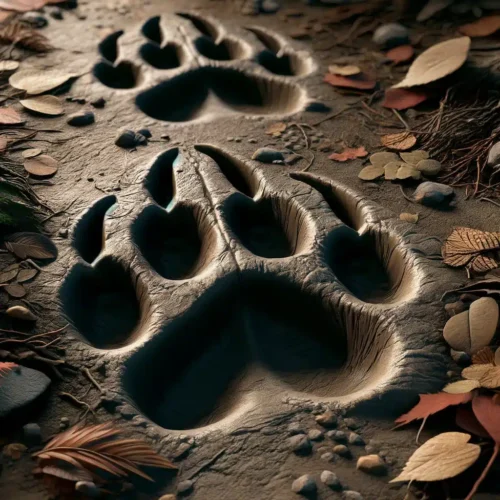
Deep within the emerald embrace of the forest, a hidden story unfolds. One not written in words, but in the bear paw print pressed into the damp earth. These silent signatures belong to the mighty bears, rulers of the wild.
But deciphering these bear tracks can be a challenge. Are they left by a lumbering grizzly or an elegant black bear? Understanding these cryptic clues is not just about satisfying your curiosity; it’s about safety and respecting the wild.
This guide will equip you with the knowledge to decode bear tracks confidently, navigate the bear country with awareness, and appreciate these magnificent creatures from a safe distance.
Decoding the Bear Paw Print
Imagine yourself as a wilderness detective crouched beside a mysterious imprint in the mud. Unlike fingerprints, bear tracks won’t reveal a specific identity, but they hold a wealth of clues waiting to be unearthed.
The first step in our investigative process is closely examining the overall form. Bear tracks are typically large and wide, with five distinct toes on the front and hind paws. Unlike some feline tracks, they won’t have retractable claws so that you might see claw marks alongside the paw print.
But wait, there’s more! Here’s where our detective work gets interesting. We need to pay close attention to some key details:
Size Matters
The overall dimensions of the track can offer a hint about the bear’s species. Grizzly bear tracks tend to be significantly larger than those of black bears.
Heel Pad Hustle
Flip the footprint imaginary and examine the “heel” portion. Black bears have a rounded heel pad, while grizzlies have a more elongated, squarish shape.
The Clawful Truth
The presence or absence of claw marks can also be a clue. Black bears have straighter, shorter claws that often don’t leave marks on the softer ground. Grizzly claws, however, are longer and more curved, frequently leaving distinct imprints.
By carefully analyzing these features and comparing them to reference guides or illustrations, you’ll be well on your way to identifying the species that left this fascinating footprint behind.
The Gait Game: Unveiling the Bear’s Story Through Tracks
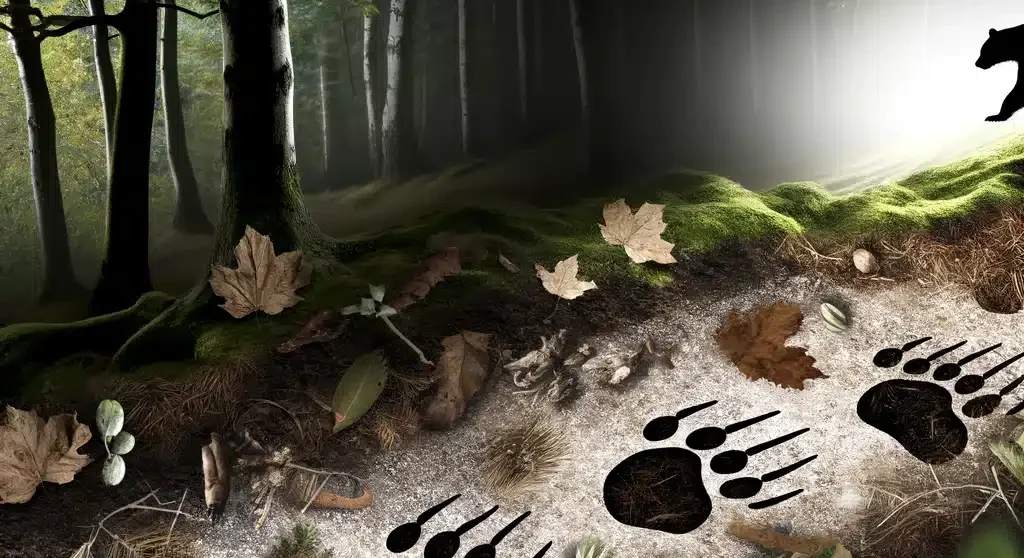
Similar to humans’ walking styles, bears exhibit various gaits depending on their mood and activity. By analyzing the pattern of their tracks, we can unlock a secret code, revealing whether the bear was ambling casually, hurrying for a meal, or perhaps fleeing a perceived threat.
The Leisurely Stroll (The Walking Gait)
Imagine a bear out for a relaxing evening stroll. The walking gait translates into somewhat random tracks with no consistent placement. Front and hind paws may land close together or further apart, with little overlap.
Picking Up the Pace (The Trotting Gait)
Things get more interesting when the bear picks up the pace to a trot. Here, the bear print pattern becomes more organized, with a diagonal sequence.
A hind foot typically lands slightly in front of the corresponding front paw on the opposite side. This creates a pattern that resembles a diagonal line when multiple tracks are visible.
Full Speed Ahead (The Galloping Gait)
If you encounter a series of tracks indicating a full-blown gallop, it might be best to steer clear! Galloping signifies the bear is moving at high speed, often due to feeling threatened.
The track pattern here becomes quite distinctive, with all four paws landing almost in a straight line, one directly behind the other. The distance between each footprint will also be significantly larger than walking or trotting gaits.
Understanding these gait patterns goes beyond simply identifying the bear’s speed. It can offer valuable clues about its behavior. Walking tracks might indicate a relaxed bear going about its day while galloping tracks suggest a potential threat and the need to exercise caution.
In the next section, we’ll put these detective skills to the test by exploring how to differentiate between the tracks of various bear species common in your region. You’ll become a true bear track decoding pro by combining track size, claw marks, and gait patterns!
Species Spotlight: Distinguishing Between Bear Tracks
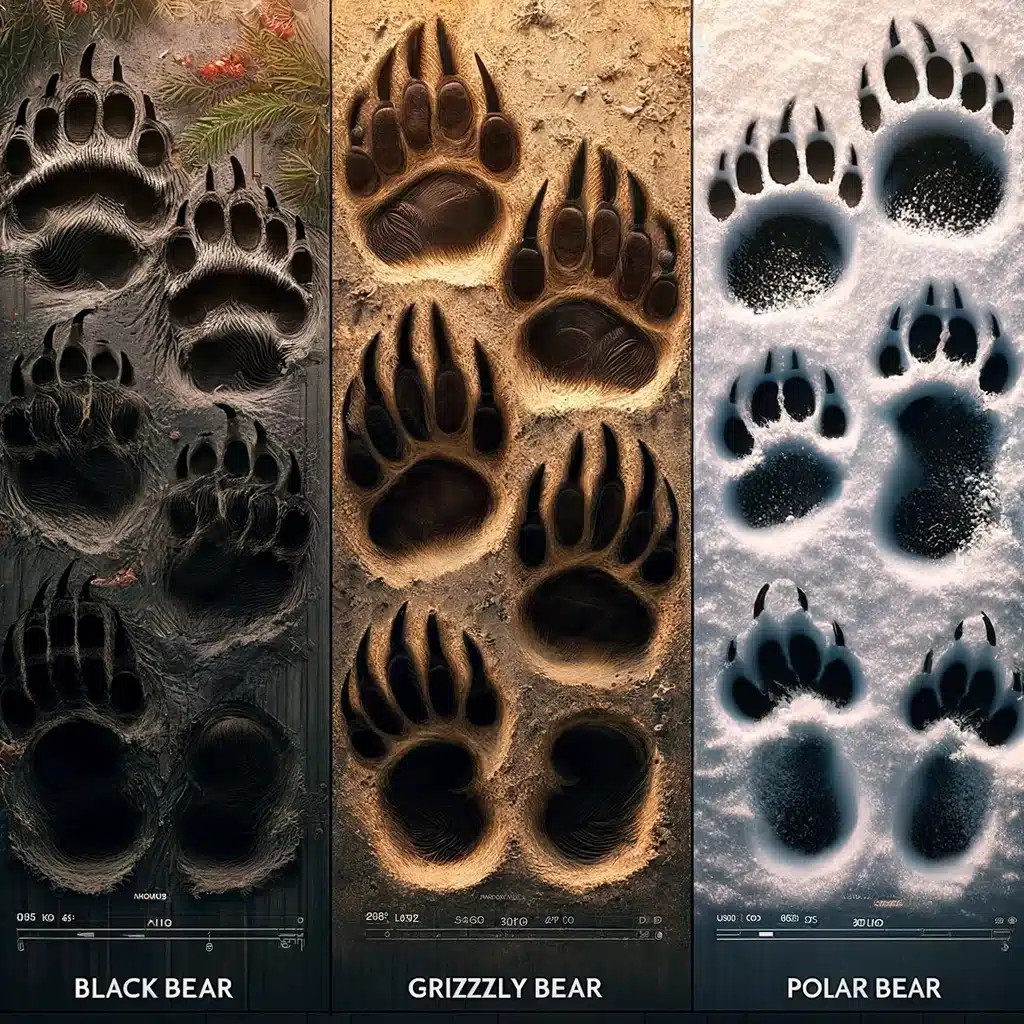
Now that you’re armed with general bear track anatomy and gaits let’s get down to brass tacks, which identify specific bear species based on their tracks! This section will focus on common bear species in your region (adjust based on your target audience).
Here’s a breakdown of some key features to differentiate between a few common bears:
Grizzly Bear (Ursus arctos)
- Track Size: The largest of the bunch. Front paws measure up to 12 inches long, and hind paws measure up to 10 inches.
- Claw Marks: Deeply imprinted and often curved, leaving distinct marks alongside the pad impression.
- Heel Pad: Elongated and squarish, contrasting with the rounder heel pad of black bears.
- Gait Patterns: Similar to other bears, but due to their size, their tracks will be more widely spaced, especially during a gallop.
Black Bear (Ursus americanus)
- Track Size: Significantly smaller than grizzly bears. Front paws typically range from 6 to 8 inches long, and hind paws from 4 to 6 inches.
- Claw Marks: Shorter and straighter, often not leaving visible marks on softer ground.
- Heel Pad: Rounded, creating a more continuous footprint than grizzlies’ squarish heel pad.
- Gait Patterns: These are similar to those of grizzly bears, but their overall track pattern will be more compact due to their smaller size.
Additional Considerations
- Hair Impressions: Fresh tracks may show hair impressions around the edges, which can offer clues about the bear’s fur color (though not always reliable for identification).
- Location: Knowing the typical habitat range of different bear species in your area can help narrow down possibilities.
Remember: This is not an exhaustive guide, and species can vary. For definitive identification, consult wildlife authorities or refer to detailed track identification resources.
Encountering Bear Tracks in the Wild: Safety First
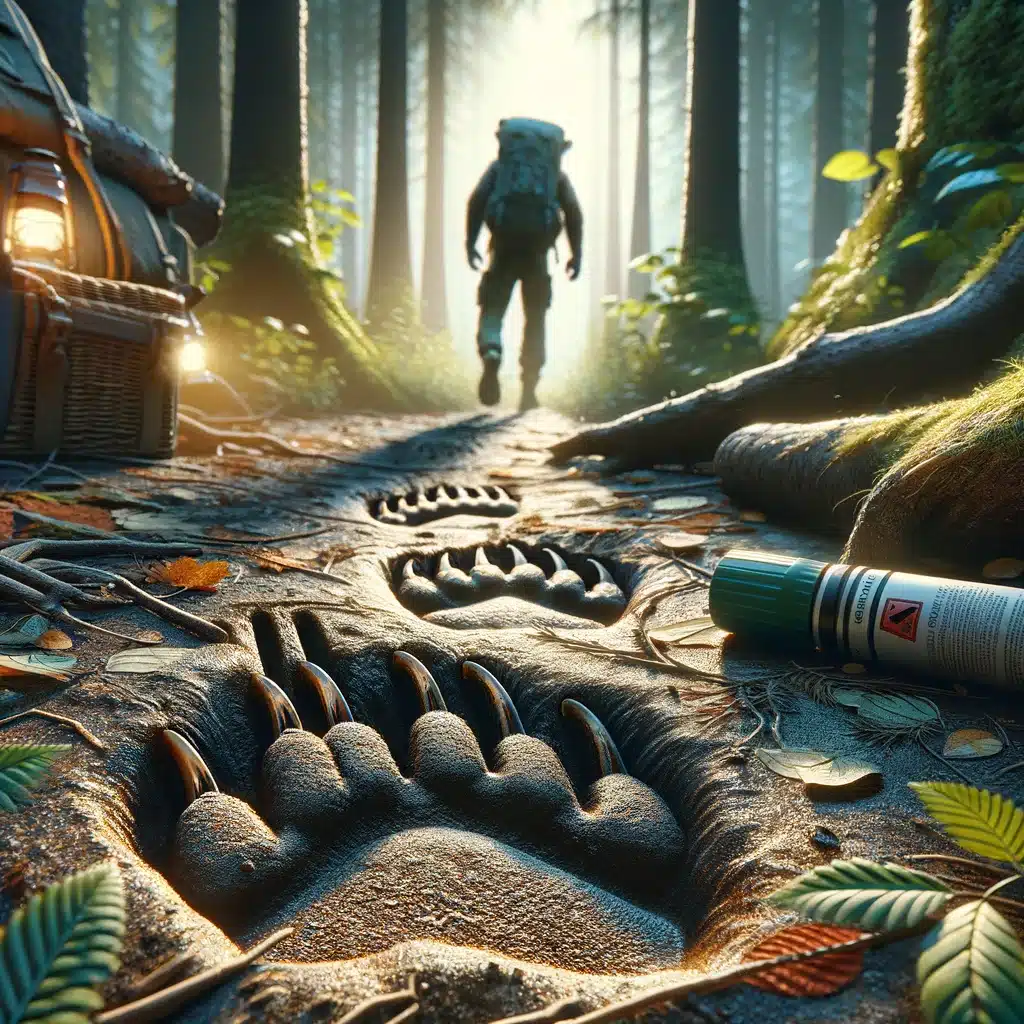
While deciphering bear tracks can be fascinating, it’s important to remember that these animals deserve respect and require a healthy dose of caution in their territory. Here are some essential safety tips to keep in mind:
Be Bear-Aware: Always be alert for signs of bear activity, such as tracks, scat, or markings on trees.
Make Noise: Let bears know you’re coming! Talk, sing, or clap loudly while hiking, especially in areas with limited visibility.
Travel in Groups: There’s safety in numbers. Bears are less likely to approach a larger group.
Carry Bear Spray: Consider carrying bear spray as a last resort for self-defense. Ensure you know how to use it properly.
Leave No Trace: Minimize your impact on the environment by properly disposing of waste and avoiding attracting bears with food scraps.
By following these tips and understanding bear behavior, you can navigate the bear country with awareness and minimize the risk of encountering a bear.
Remember: Bears are magnificent creatures who play a vital role in the ecosystem. Learning to identify the bear print or bear tracks and respecting their habitat allows us to coexist peacefully and appreciate them from a safe distance.


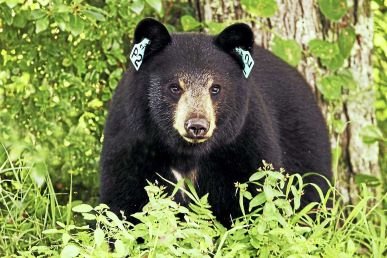
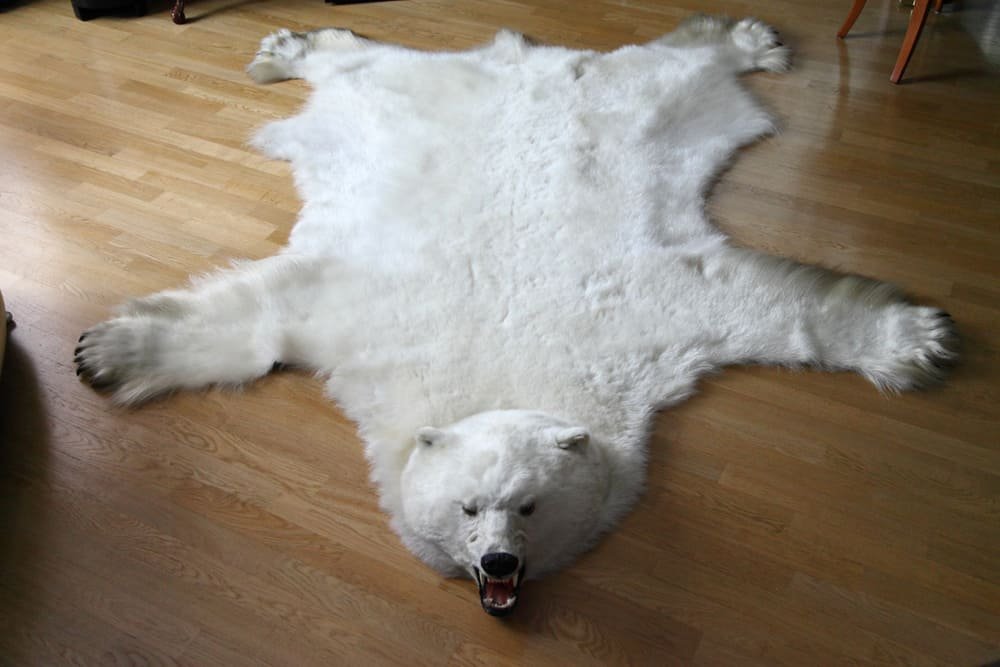
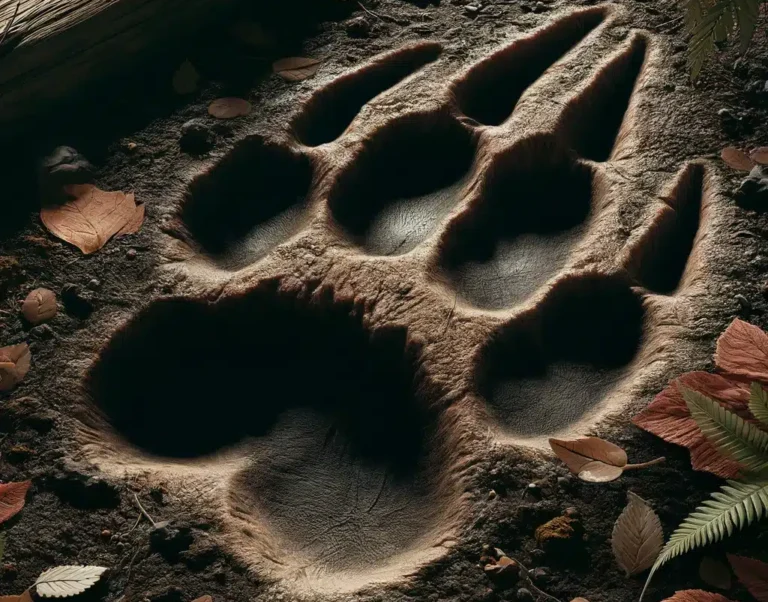

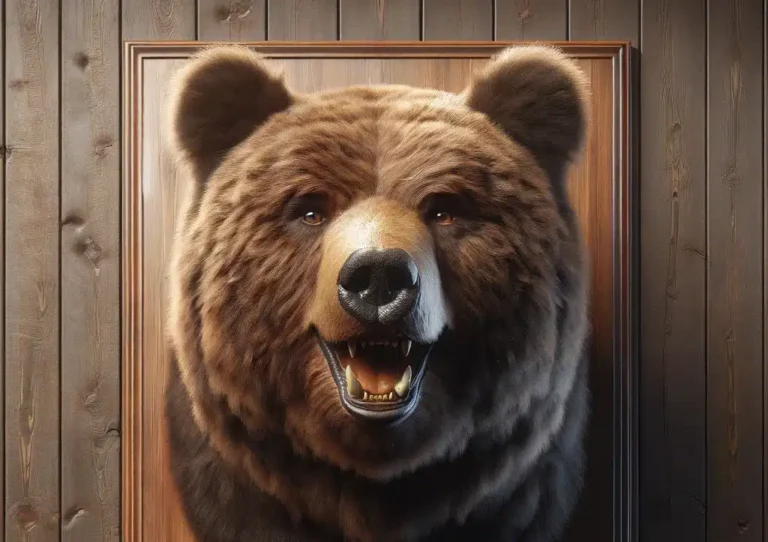
Hi! Do you know if they make any plugins to assist with SEO?
I’m trying to get my website to rank for some targeted keywords
but I’m not seeing very good success. If you know of any please share.
Appreciate it! I saw similar text here: Wool product
In Tibetan translation it means “The Stockade of Kings Ministers”, and the hill folks also call “Kalimpong” as “Kalibong” that means “Black Spurs”.